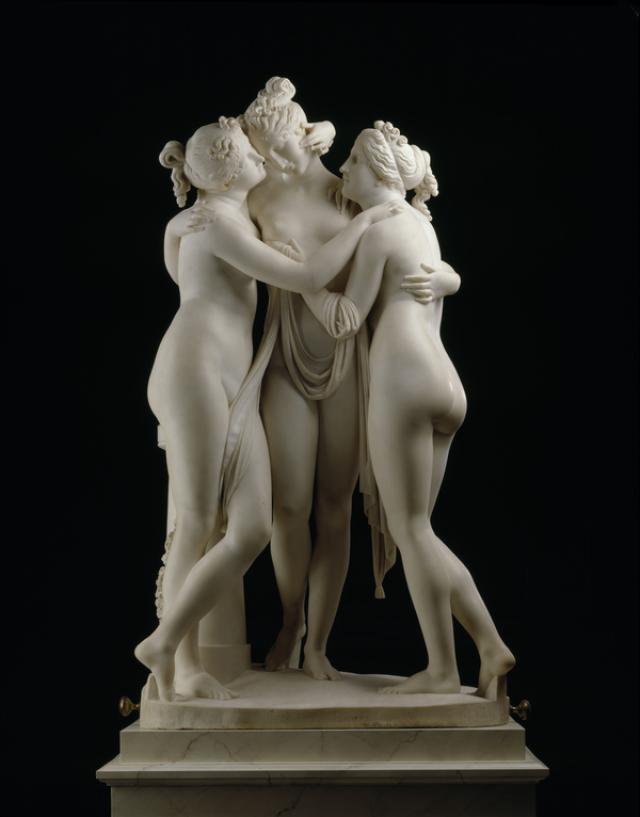
Neoclassicism
A European style of art and architecture based on Ancient Greek and Roman models, with particular importance put on simplicity and discipline. It first appeared in the 1750s after the discovery of ancient archaeological sites in Greece and Rome. Such ideals have been revived at various points in history since, and contrast with more decadent and dynamic styles such as the Baroque.






